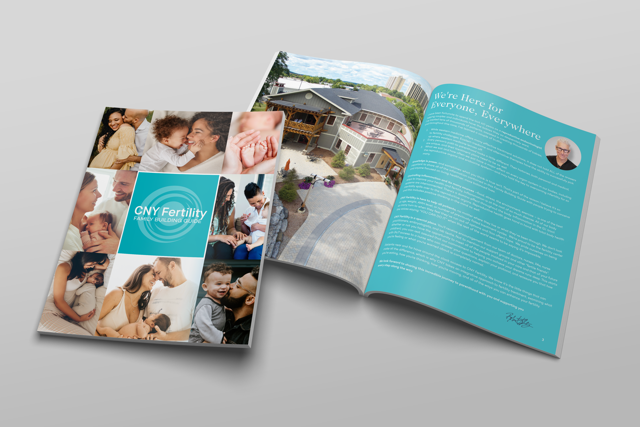Diagnostic Hysteroscopy: Risks, How to Prepare & What to Expect
What Is a Hysteroscopy?
A hysteroscopy is a minimally invasive procedure that allows your doctor to view the inside of your uterus without making an abdominal incision. A thin, lighted tube called a hysteroscope is gently inserted through the vagina, past the cervix, and into the uterus. The uterus is then filled with a sterile saline solution, which expands the cavity and allows clear visualization of the uterine walls and lining.
Why Is a Hysteroscopy Performed?
A hysteroscopy is one of the most effective methods for evaluating the endometrium (the inner lining of the uterus). It provides a highly accurate way to diagnose:
Uterine fibroids
Polyps
Scar tissue (adhesions)
Congenital abnormalities
Other structural or pathological conditions affecting the uterine cavity
By directly viewing the uterine environment, hysteroscopy helps guide diagnosis and treatment planning for infertility, abnormal bleeding, or recurrent pregnancy loss.
What Are the Risks of a Hysteroscopy?
Like any medical procedure, hysteroscopy carries some risks—though they are rare, occurring in only about 3–6% of cases. Potential risks include:
- Fluid overload: Excess fluid absorption from the uterus into the bloodstream
- Electrolyte imbalance: Changes in the body’s water and salt levels
- Fluid accumulation: In rare cases, fluid may collect in the lungs (pulmonary edema) or brain (cerebral edema)
- Uterine injury: This can include irritation or, rarely, perforation of the uterine wall, sometimes leading to bleeding or hemorrhage
- Infection: As with any procedure involving internal instrumentation
Although complications are uncommon, it’s important to be aware of these risks and discuss any concerns with your provider before undergoing the procedure.
How should I prepare for the procedure?
One hour before your hysteroscopy, take 800 mg of ibuprofen orally to help minimize discomfort.
You may eat and drink normally—there are no dietary restrictions.
Please arrive at the office 30 minutes before your scheduled procedure. Upon arrival:
- You may empty your bladder.
- A blood sample will be taken for a pregnancy test before the procedure begins.
What to Expect After the Procedure
It’s common to experience mild cramping, similar to menstrual cramps. You may continue to take ibuprofen as needed for relief, following the instructions on the bottle.
You may also have light vaginal bleeding or spotting for up to a week. Use peri-pads to manage any discharge and avoid tampons during this time.
When to Call the Office
Contact your healthcare provider immediately if you experience any of the following:
Fever or chills
Heavy vaginal bleeding (soaking more than one maxi pad per hour)
Severe abdominal pain not relieved by ibuprofen
Severe nausea, vomiting, or headache
Please also refrain from sexual intercourse for one week following the procedure.
After Your Hysteroscopy
During your hysteroscopy, you may have the option to watch the procedure in real time on a monitor. Once completed, your doctor will review the results with you.
A normal result means that no abnormalities were detected inside the uterus.
An abnormal result may indicate the presence of fibroids, polyps, scar tissue, abnormal bleeding areas, or other conditions affecting the uterine cavity.
If any abnormalities are found, your doctor will discuss next steps and whether additional procedures are recommended.
Our goal is to make this as easy as possible for you and your family. Please call us at 315-469-8700 (Syracuse) or 518-690-0700 (Albany) with any questions or concerns regarding your hysteroscopy.
Stacey Dicerbo, RNC
CNY Fertility Center, Latham, NY
sdicerbo@cnyfertility.com
866.375.4589 (toll free)
